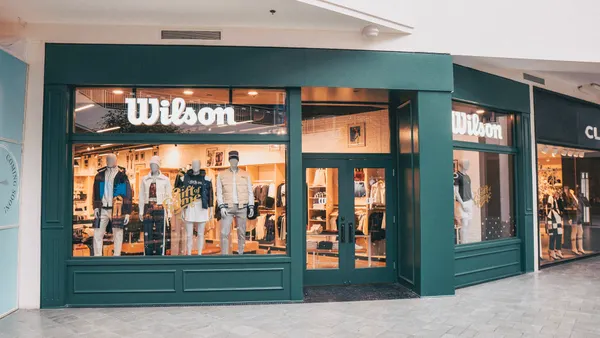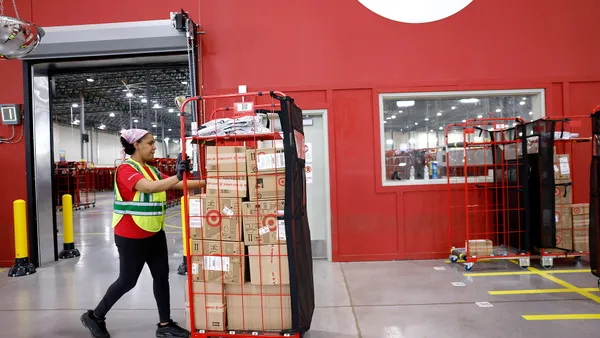Dive Brief:
-
Open-loop wearable-based payment solutions — the kind most likely to be used by retail shoppers — are expected to move to the mainstream market over the next few years, and could account for 72% of wearable device shipments used in payments in 2020, according to a new whitepaper from the Smart Payment Association.
-
The whitepaper, titled “Wearable Tech: A Growing Payment Opportunity,” noted that wearable payment devices “look likely to displace cash at the low-end of the payment spectrum.” It describes these solutions as quicker and easier to use than other payment factors, and more appropriate for small ‘on the go’ purchases made, for example, when going for a run or attending major events.
-
The paper suggests mini-fobs and tags equipped with payment capabilities could be popular devices in the near term, but noted broad point-of-sale infrastructure support, interoperability and security are key to the success of payments via wearables.
Dive Insight:
It seems like only yesterday the industry first began mulling in-store, in-app and online payments via mobile devices. Now wearables, including smart watches, fitness trackers and other tags, introduce a whole new wrinkle in the space.
The concept of a wearable as a payment system is not new; Wearables enabled with payment capabilities in closed-loop scenarios, like Disney World's Magic Band or similar wearables associated with cruise ships or music festivals, accounted for 82% of wearable-device payments back in 2015. Visa also had a high-profile rollout of NFC payment-enabled bracelets during the 2016 Summer Olympics last year.
In the last few years, there was already enough wearables payment activity that a Tractica study suggested payment transaction volume from wearables could reach $501 billion by 2020. Wearable payments are next expected to progress into transit systems, the SPA said, where it is expected that as many as 122.6 million payments will be made via wearables in 2020.
It won't be long before open-loop wearable payments come to retail, though. Could the wearables payment movement derail progress being made on the mobile payments front with mobile devices and mobile wallets? Not necessarily, as the SPA points out that in some situations, the wearable would be connected to a mobile phone that would control and back up the wearable. It seems likely that wearables actually could be payment extensions of mobile phones.
In any case, no retailers have been particularly aggressive or out-front on this issue of wearables-based payments, and for the most part they have been leaving it to the large payments networks to adopt support for it, but if shoppers express any interest in paying for items via wearables, it will happen.











